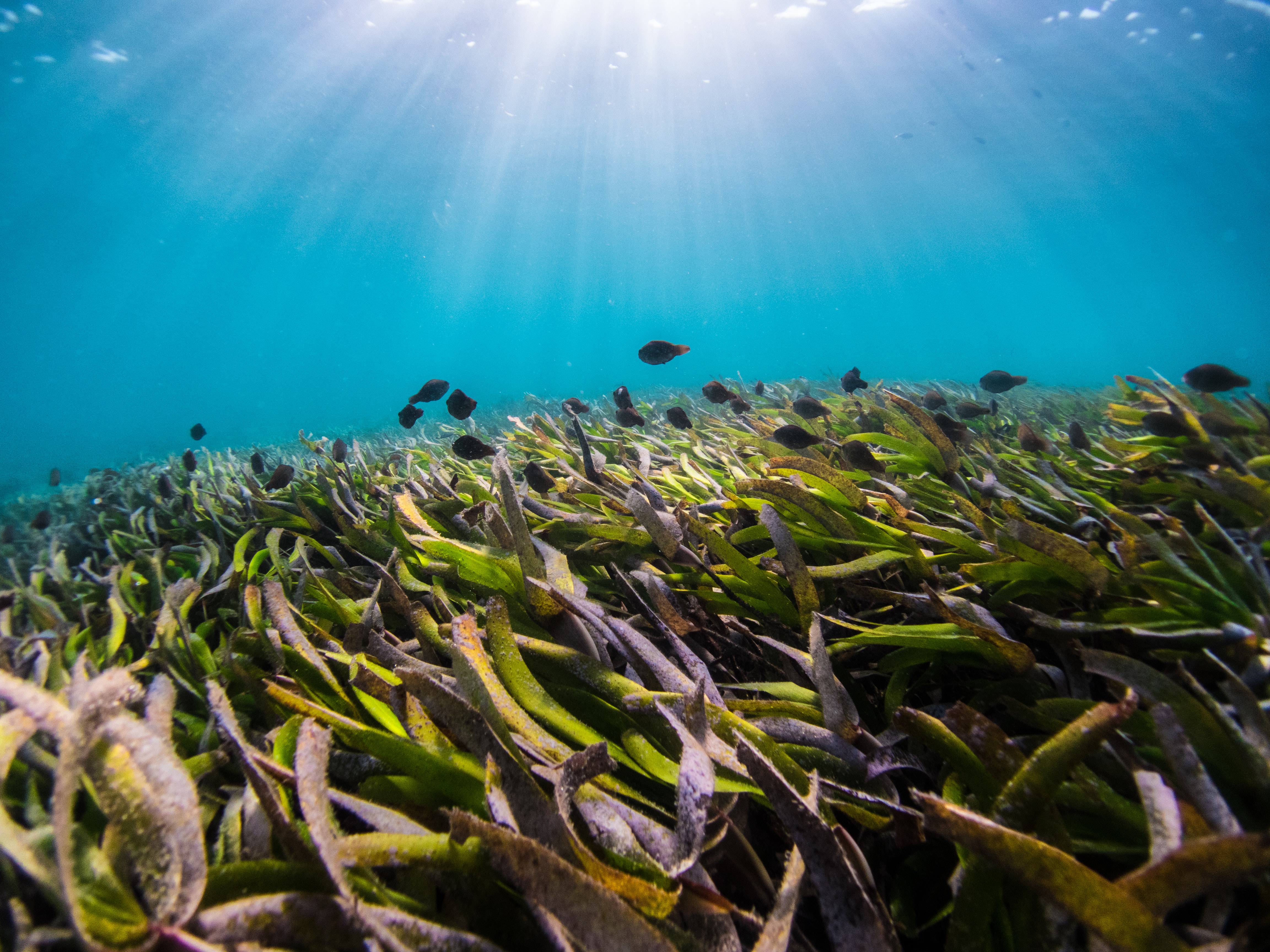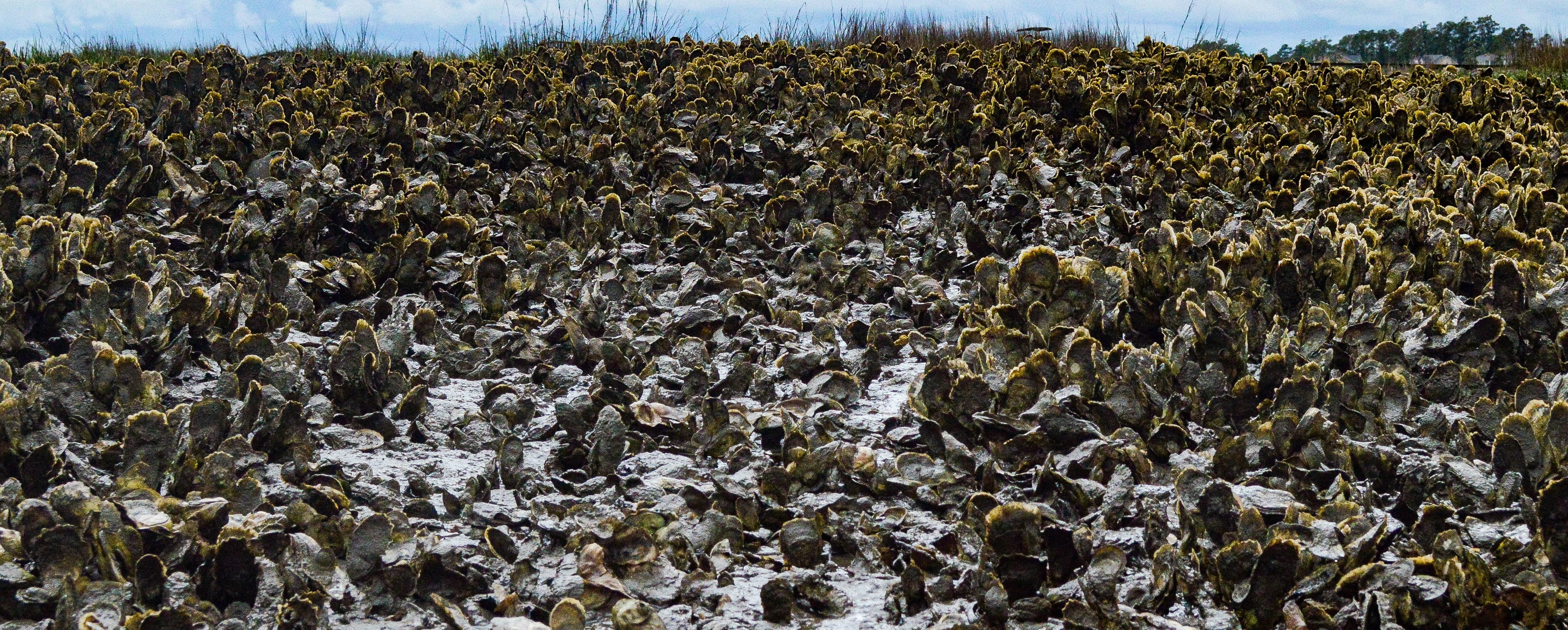
Do seagrasses modify local carbonate chemistry?
Seagrasses are critical habitats in coastal and estuarine ecosystems. They provide nursery habitat for numerous ecologically and commerically important species and have the capacity to sequester carbon. Additionally, through photosynthesis and respiration, seagrasses are capabale of changing the pH of the water around them to an extent that may buffer the effects of ocean acidification.
Publication
Ricart, A., Ward, M., Hill, T., Sanford, E., Kroeker, K., Takeshita, Y., Merolla, S., Shukla, P., Ninokawa, A., Elsmore, K., Gaylord, B. 2021. Coast-wide evidence of low pH amelioration by seagrass ecosystems. Global Change Biology doi.org/10.1111/gcb.15594.
In The Media

How does fluctuating carbonate chemistry affect the growth of calcifying organisms?
In many California estuaries, seagrasses directly abut oyster reefs and/or oyster aquaculture operations. So, this study explored whether different densities of seagrass, and therefore different degrees of modulated carbonate chemistry, influenced oyster growth.
Publication
Ricart, A., Gaylord, B., Hill, T., Sigwart, J., Shukla, P., Ward, M., Sanford, E. 2021. Seagrass-driven changes in carbonate chemistry enhance oyster shell growth. Oecologia. doi.org/10.1007/s00442-021-04949-0.